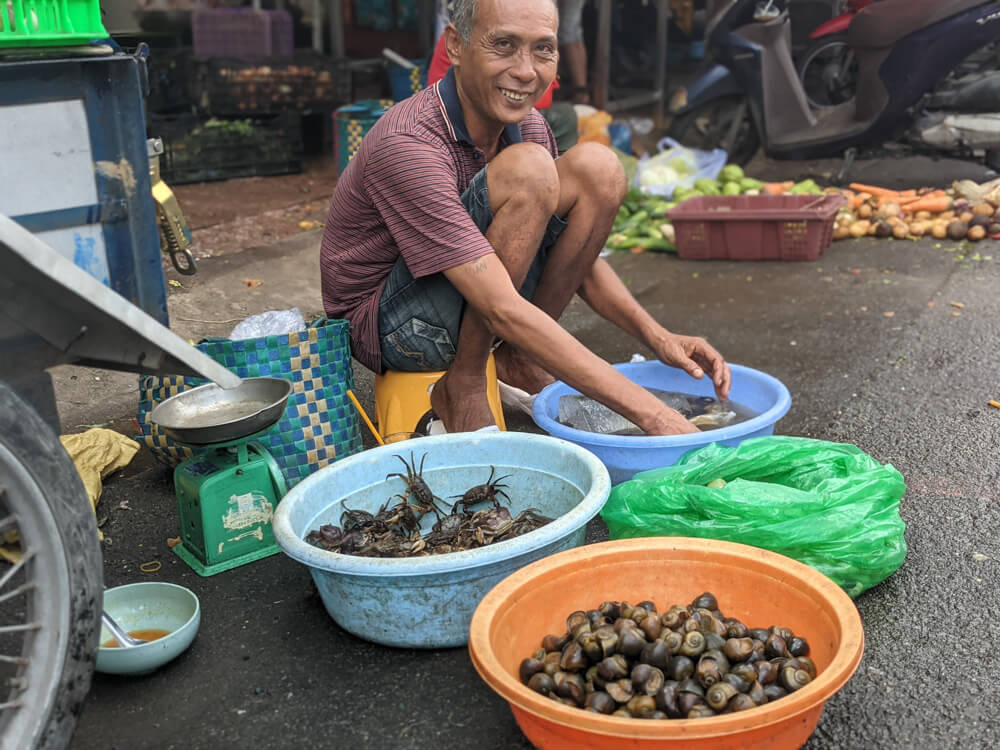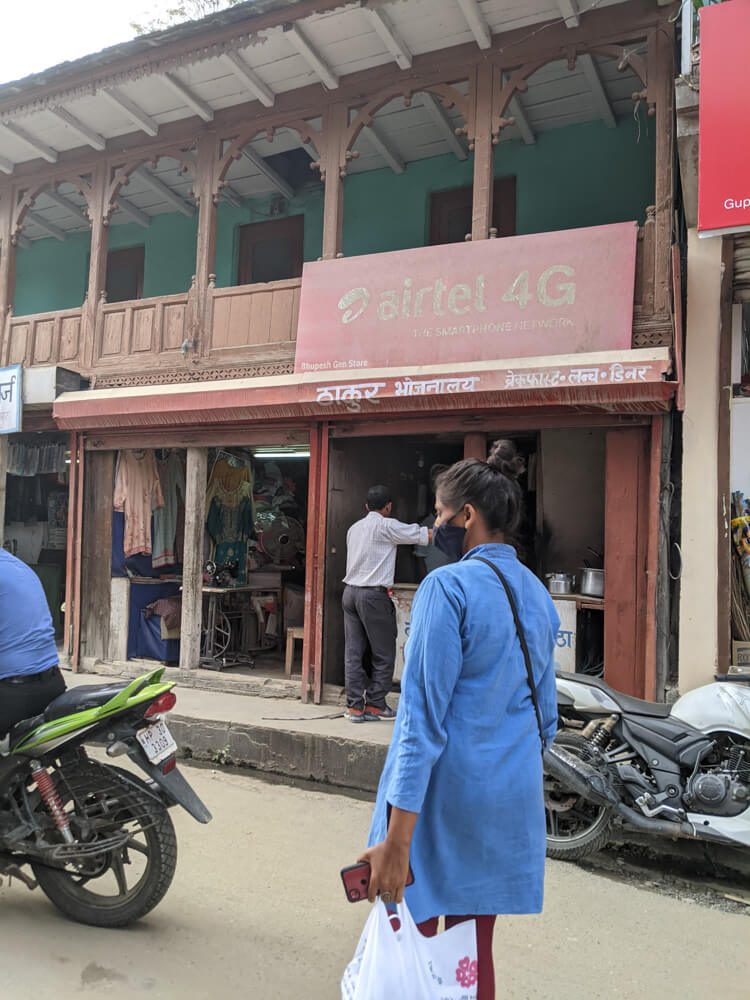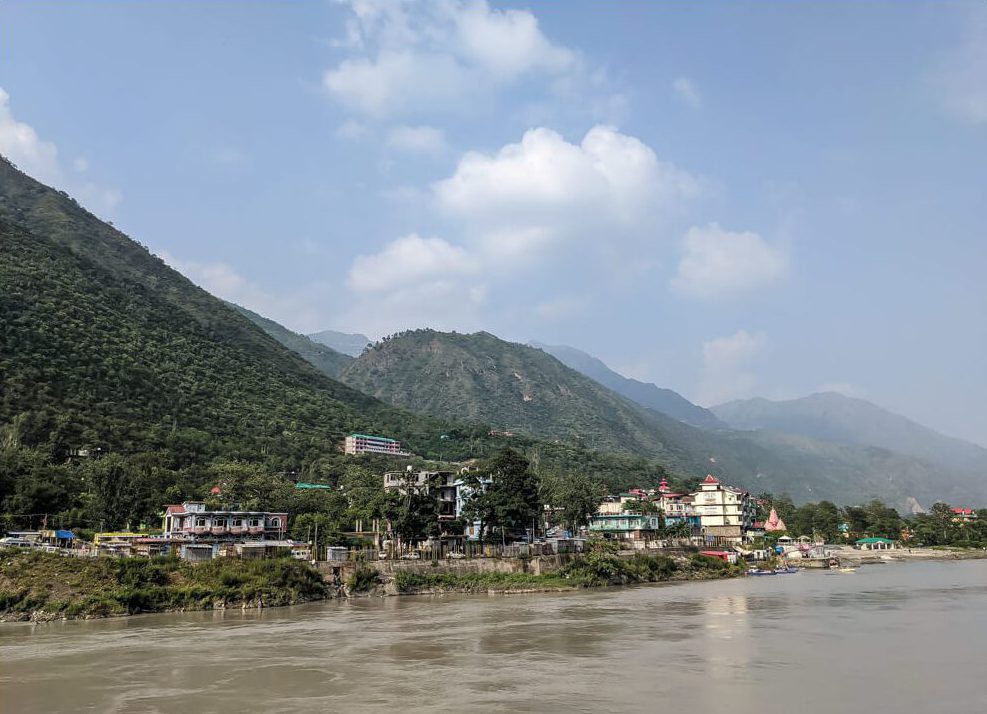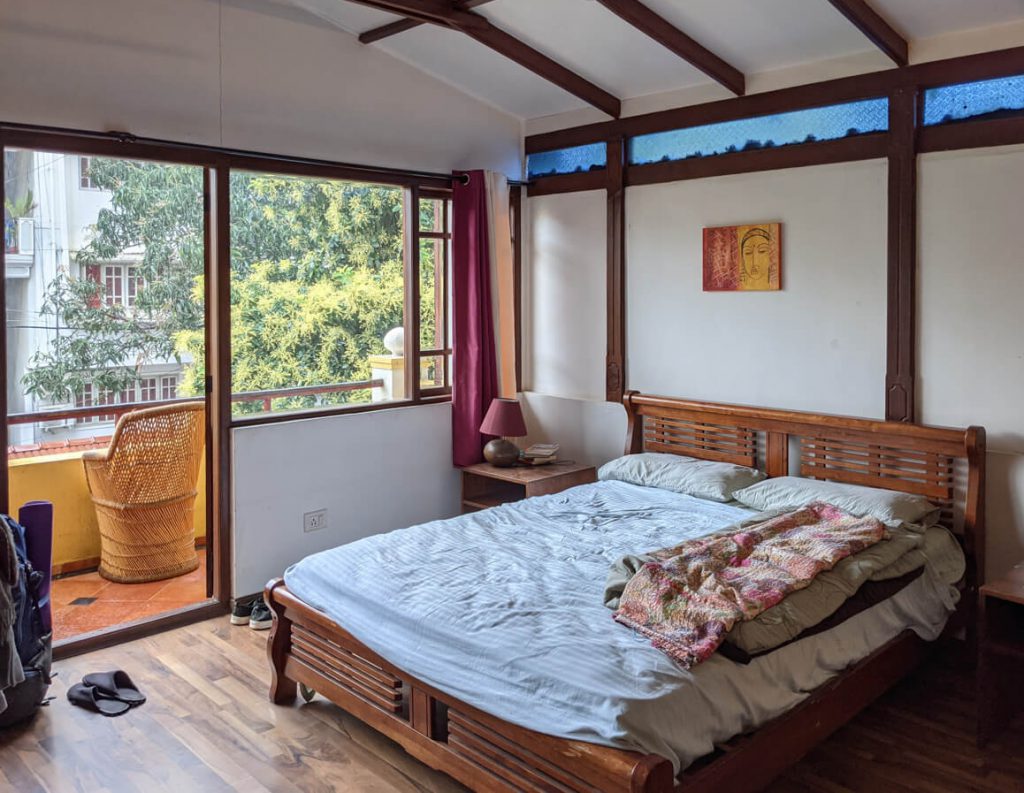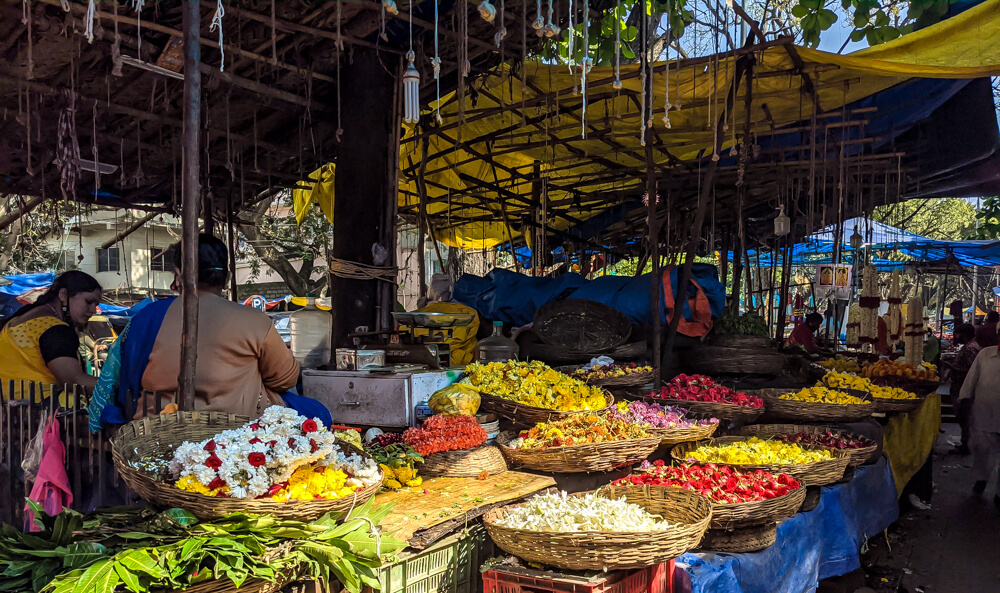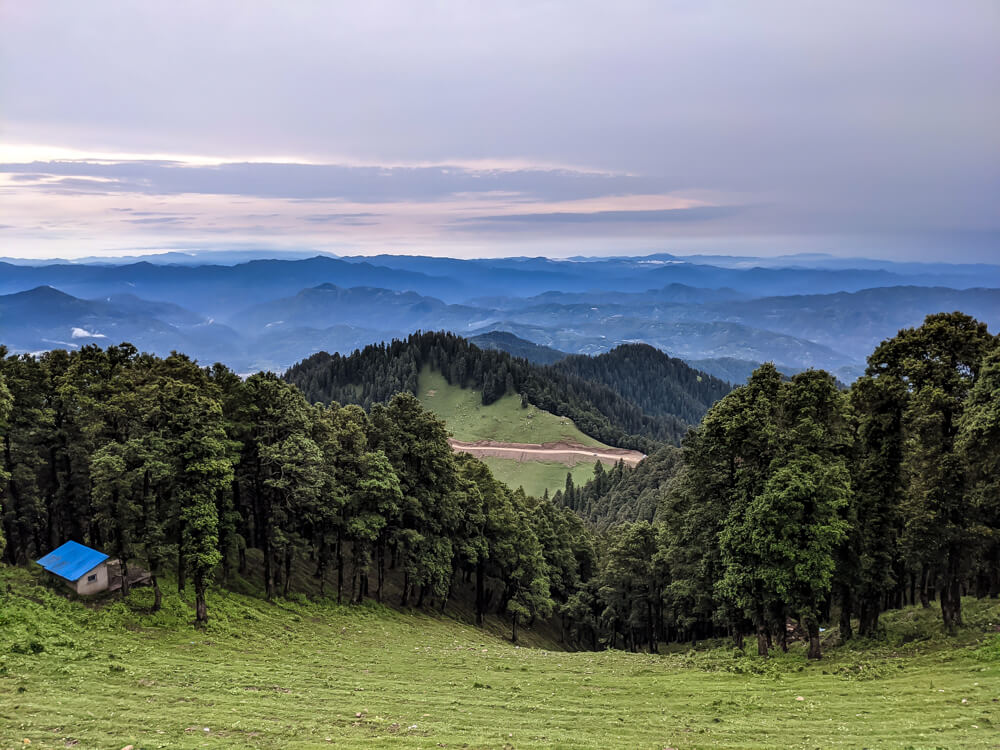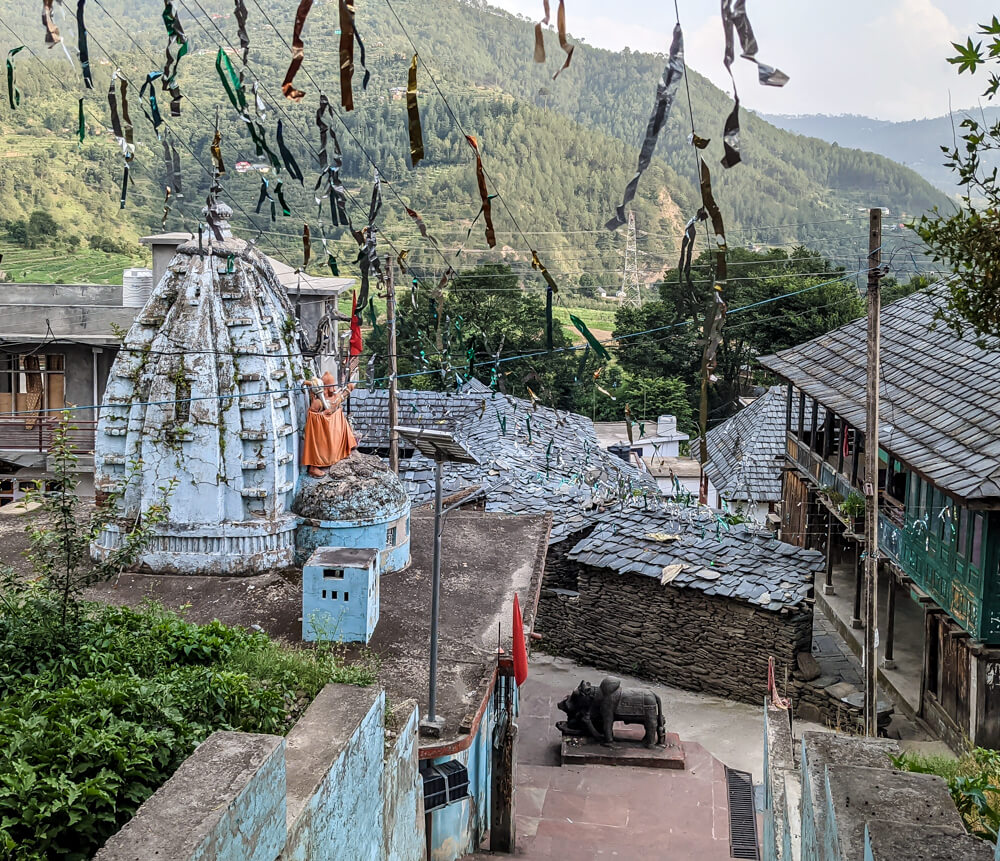Please note: This narrative is fourth in the series of travel essays on my Sikkim to Himachal highway journey. Read the First: Leaving Sikkim for Himachal, Second: The 500-km Drive Through Bihar — Corn Harvests, Marriage Certificate at Hotels, and Truck Slogans, and Third Episode: Arriving in UP at Midnight — an Eerie Expressway, a Suspicious Hotel Attendant, and a Missing Wheel-Cover, too.
Also note: If I was a bit calmer — and perhaps had an ice cooler sticking to my head — I would have photographed it all. But for now, we would have to do with this photo-less food tour of Lucknow. I have added some photos downloaded from Google though.
The featured image is of a plate of tiki, taken at my parent’s home but purchased from a street food shop in the town. It is a quintessential UP photo, showing the tiki (though without chutneys) along with the Hindi Punjab Kesari, the everyman’s newspaper of my state.
My Home State Uttar Pradesh (UP) Has Moved On, But I Have Not
We were going to pass Lucknow on our way to Himachal (from Sikkim). So for that afternoon, we had planned a Lucknow food trail: not any guide, but we ourselves were taking us on an impromptu food tour through Lucknow. Neither had I been to the capital before nor did my partner S, and skipping the city’s quintessential delicacies to make it quickly to Himachal sounded like a lame excuse.

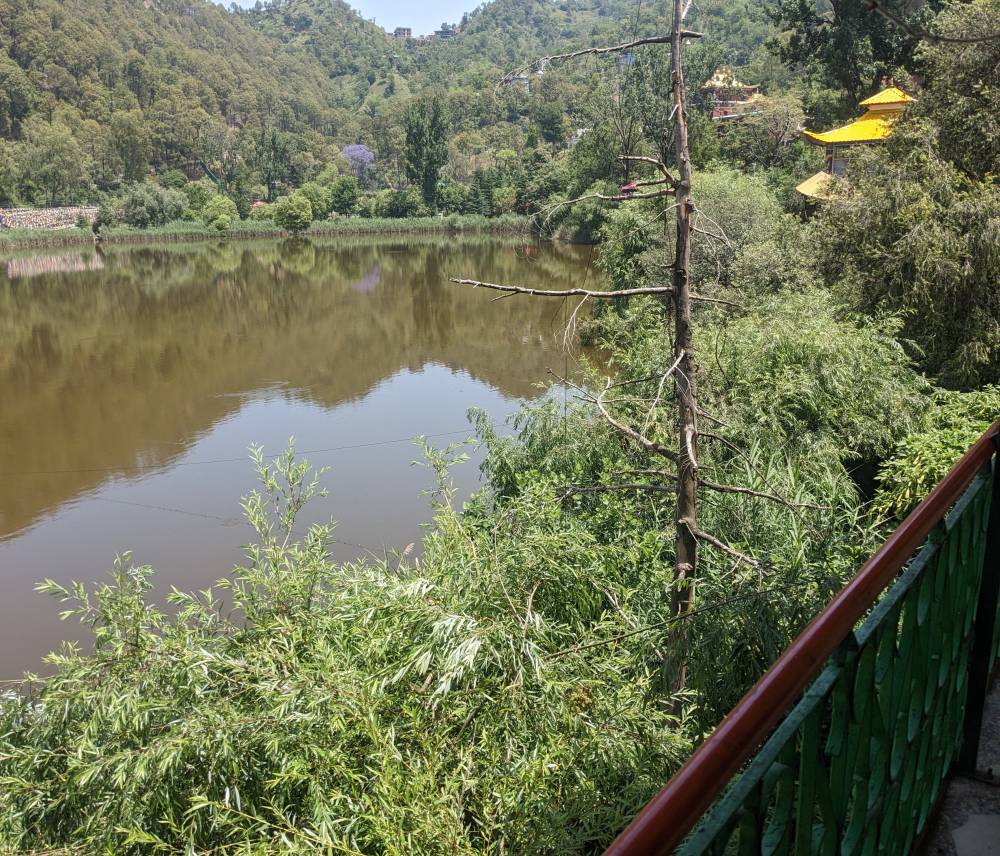
![The Sizzling Taj Mahal, Sweet Petha, and Sahir Ludhianvi [Episode 5] 2 admiring the taj mahal in bright daylight in agra](https://www.onmycanvas.com/wp-content/uploads/2023/07/admiring-the-taj-mahal-in-bright-daylight-in-agra.jpeg)
![Lucknow Food Trail: Childhood Memories and a Miss and Hit of Expectations [Episode 4] 3 the quint essential Uttar Pradesh tiki on a plate](https://www.onmycanvas.com/wp-content/uploads/2023/06/the-quint-essential-Uttar-Pradesh-tiki-on-a-plate.jpeg)
![Arriving in UP at Midnight: An Eerie Expressway, A Suspicious Hotel Attendant, and a Missing Wheel-Cover [Episode 3] 4 driving through haryana sunflower fields used as feature image in driving through UP article](https://www.onmycanvas.com/wp-content/uploads/2023/06/driving-through-haryana-sunflower-fields-used-as-feature-image-in-driving-through-UP-article.jpeg)
![The 500-km Drive Through Bihar: Corn Harvests, Marriage Certificate at Hotels, and Truck Slogans [Episode 2] 5 two women farmers carrying loads on heads](https://www.onmycanvas.com/wp-content/uploads/2023/05/two-women-farmers-carrying-loads-on-heads.jpg)
